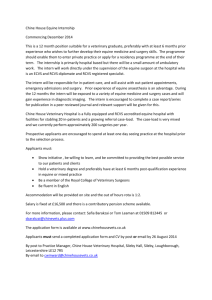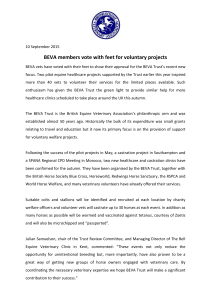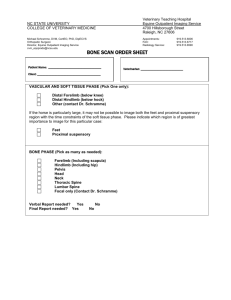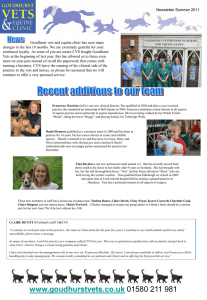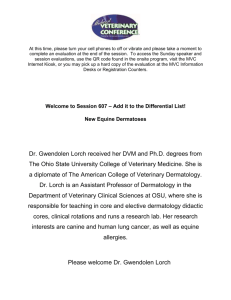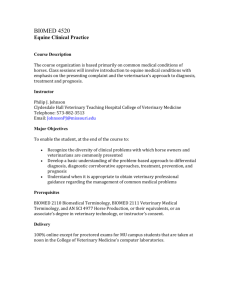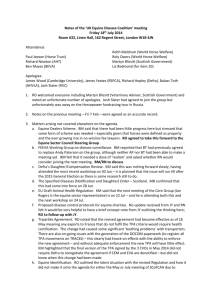BEVA Addresses Injury Risk Posed To Horse Vets
advertisement
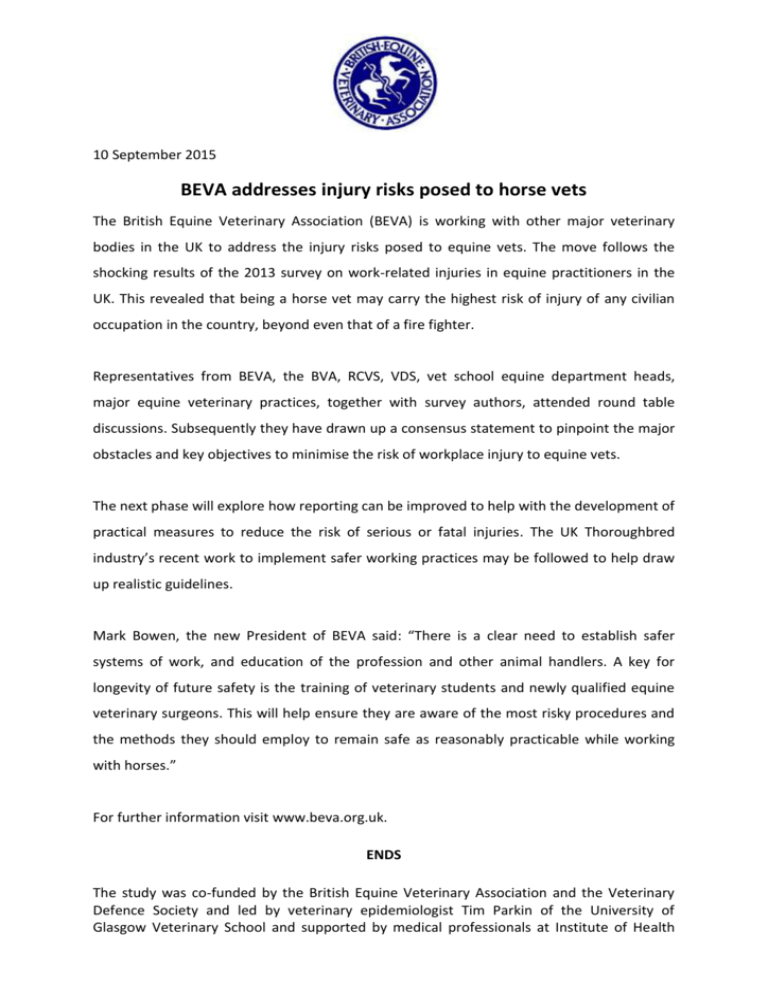
10 September 2015 BEVA addresses injury risks posed to horse vets The British Equine Veterinary Association (BEVA) is working with other major veterinary bodies in the UK to address the injury risks posed to equine vets. The move follows the shocking results of the 2013 survey on work-related injuries in equine practitioners in the UK. This revealed that being a horse vet may carry the highest risk of injury of any civilian occupation in the country, beyond even that of a fire fighter. Representatives from BEVA, the BVA, RCVS, VDS, vet school equine department heads, major equine veterinary practices, together with survey authors, attended round table discussions. Subsequently they have drawn up a consensus statement to pinpoint the major obstacles and key objectives to minimise the risk of workplace injury to equine vets. The next phase will explore how reporting can be improved to help with the development of practical measures to reduce the risk of serious or fatal injuries. The UK Thoroughbred industry’s recent work to implement safer working practices may be followed to help draw up realistic guidelines. Mark Bowen, the new President of BEVA said: “There is a clear need to establish safer systems of work, and education of the profession and other animal handlers. A key for longevity of future safety is the training of veterinary students and newly qualified equine veterinary surgeons. This will help ensure they are aware of the most risky procedures and the methods they should employ to remain safe as reasonably practicable while working with horses.” For further information visit www.beva.org.uk. ENDS The study was co-funded by the British Equine Veterinary Association and the Veterinary Defence Society and led by veterinary epidemiologist Tim Parkin of the University of Glasgow Veterinary School and supported by medical professionals at Institute of Health and Wellbeing at the University http://www.gla.ac.uk/researchinstitutes/healthwellbeing/ of Glasgow. A total of 620 equine vets completed a work-related injuries questionnaire between September and November 2013. The results of the study indicated that an equine vet could expect to sustain between seven and eight work-related injuries that impeded them from practicing, during a 30-year working life. Data available from the Health and Safety Executive suggest that vets working in equine practice in the UK, thus sustain a very high number of injuries compared to other civilian occupations, including those working in the construction industry, prison service and the fire brigade. Participants were asked to describe their worst-ever injury. Most were described as bruising, fracture and laceration, with the most common site of injury being the leg (29%), followed by the head (23%). The main cause of injury was a kick with a hind limb (49%), followed by strike with a fore limb (11%), followed by crush injury (5%). Nearly a quarter of these reported injuries required hospital admission and notably, 7% resulted in loss of consciousness. Further information from: Bright Bay PR, telephone 01986 784562 or 07768 958911, email: brightbay@btinternet.com

